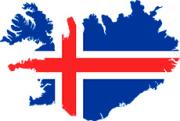
Category:
Time:
In 1998 Alfa Laval introduced membranes for the dairy industry with a polypropylene backing. This was done because the classical polyester backed membranes failed in cleaning procedures when applying harsh conditions such as high pH environments and temperatures. Polyester-based membranes require special cleaning formulations including lipases, proteases and surfactants whereas polypropylene backed membranes basically can be sanitised with sodium hydroxide solution at an elevated temperature to remove fatty acids. Over time the use of polypropylene backing based membranes has been copied by several other membrane manufacturers.
Another focus in the dairy industry is energy saving. Low energy consumption can be achieved by proper process design. But what, if the plant has reached its capacity and no further infrastructural changes are possible? An effective membrane module design can help to achieve some extra room. Only small design changes can be made, but if the membrane itself or the spacer can be made thinner (same permeability) more membrane area can be fit into a module. Having more membrane area in a spiral module, however, automatically means that the production costs and consequently the module price will be higher.
A lot of customers have become sensitive to environmental issues, thus asking for membranes using “green chemistry”. Many membrane manufacturers including Alfa Laval already use fully biodegradable solvents in production. European legislation, however, has decided to regulate the use of N-methyl pyrrolidone (NMP). Fortunately, NMP in membrane fabrication is used in very controlled conditions and the maximum exposure values are kept far below the maximum allowance. Also, the membranes are thoroughly washed and contain no hazardous substances. Nevertheless, the membrane industry needs to have new membrane concepts, for instance the use of sustainable solvents and polymers.
To speed up this development, close collaboration between membrane users and membrane manufacturers is vital.

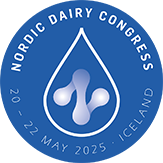






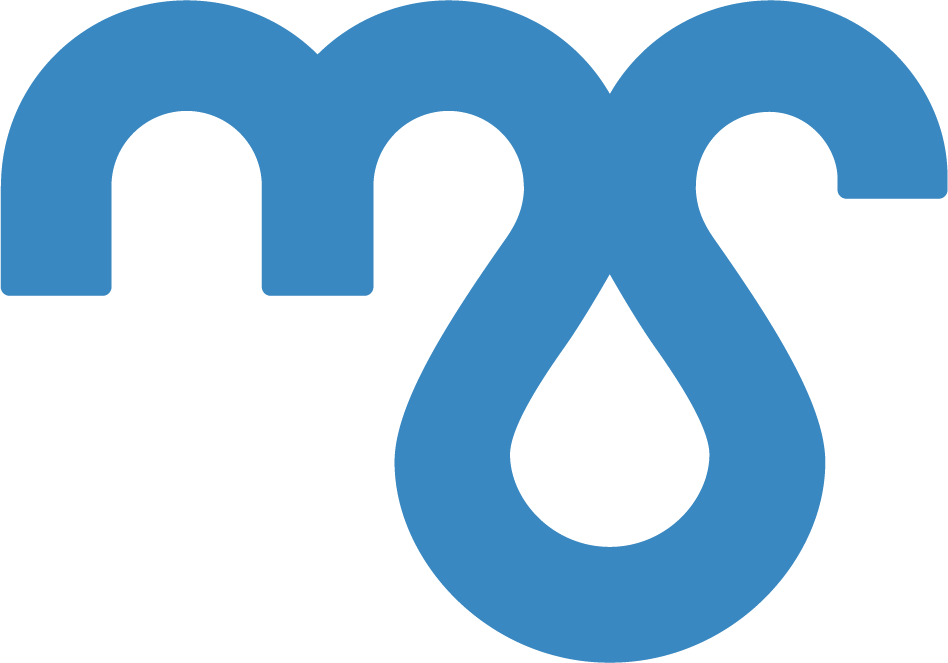

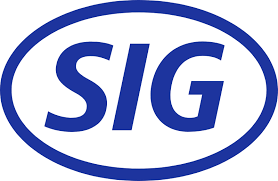
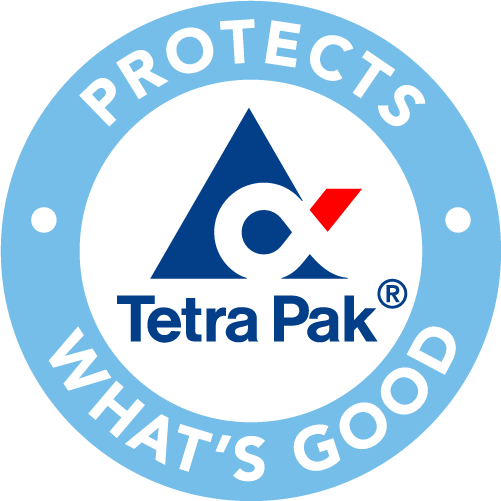



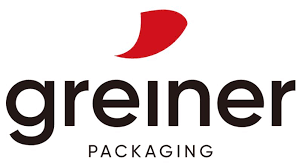
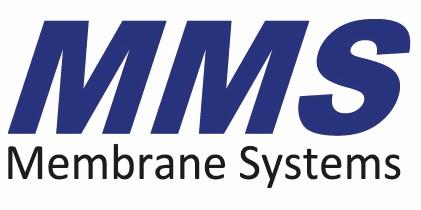


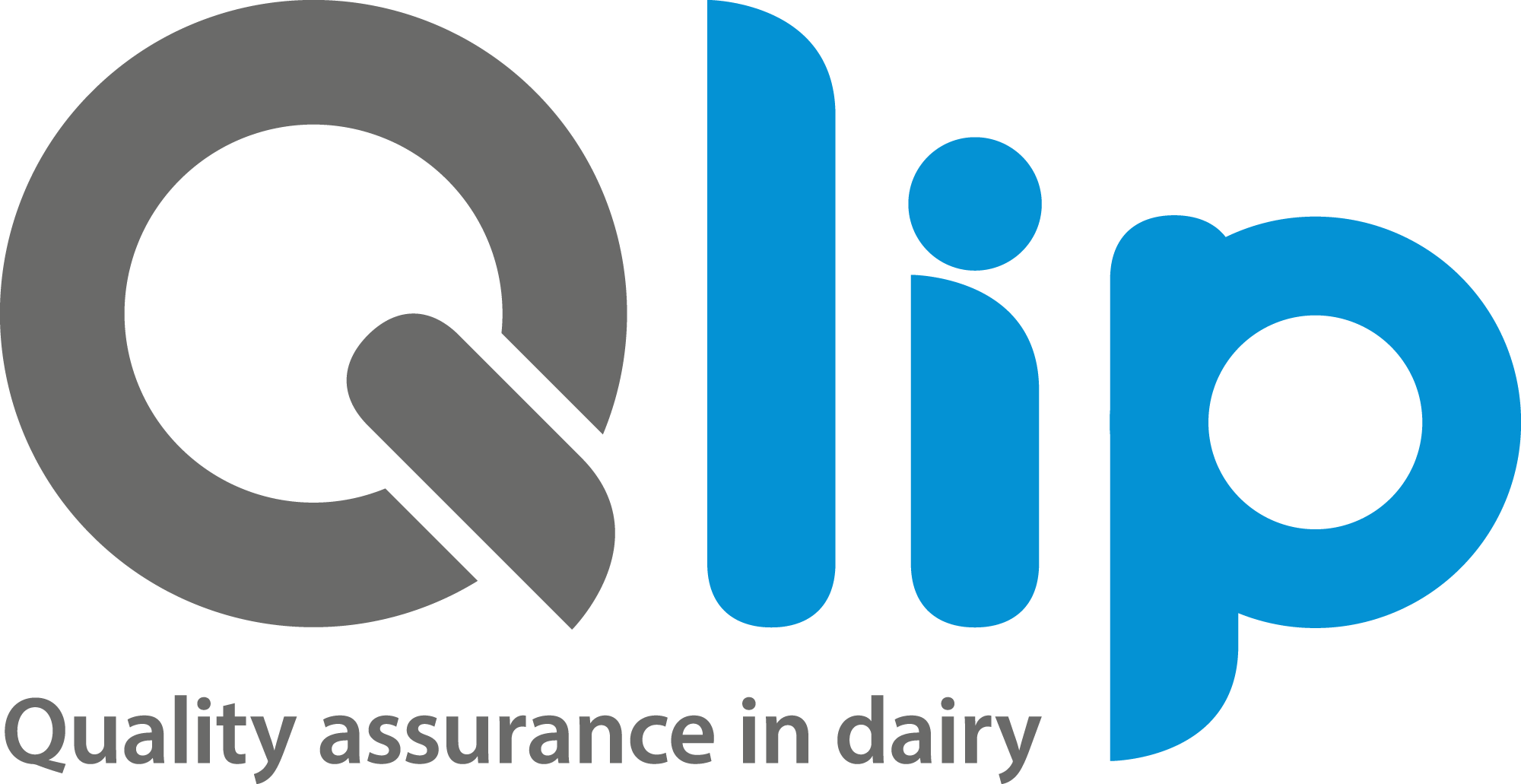
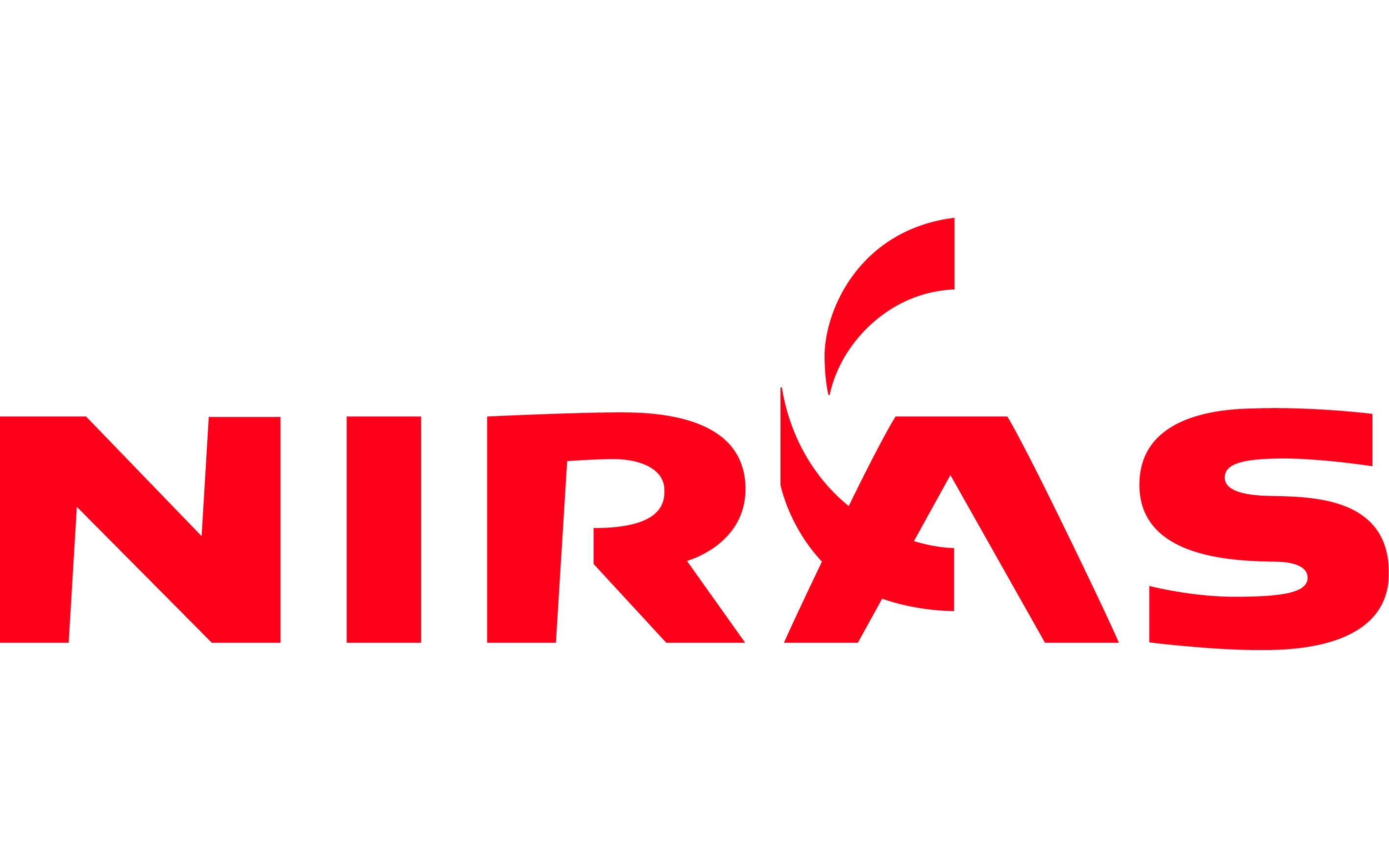









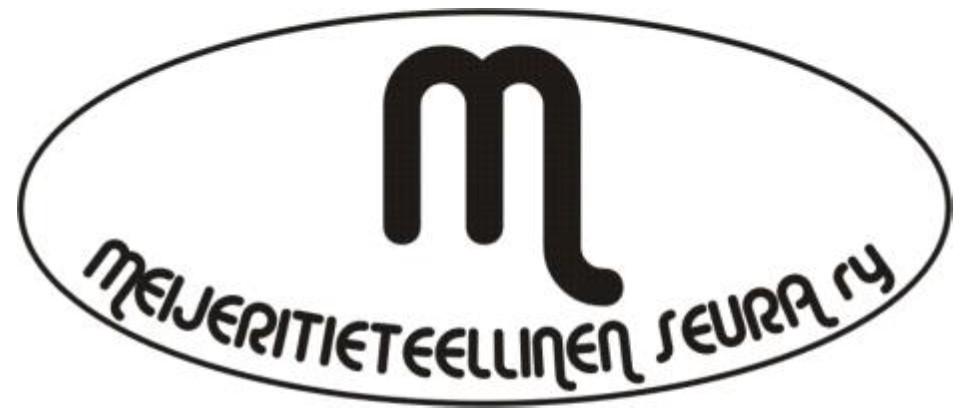
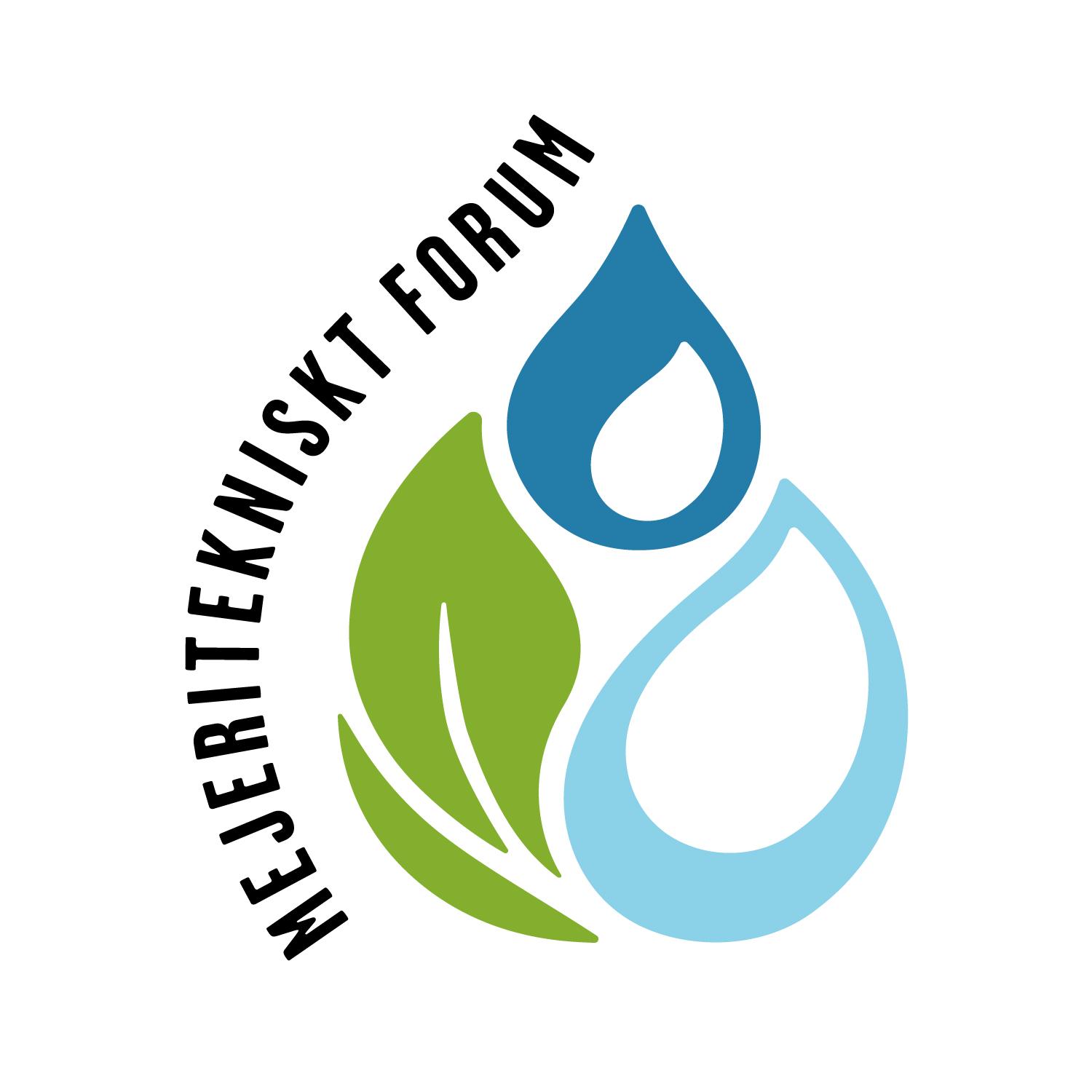
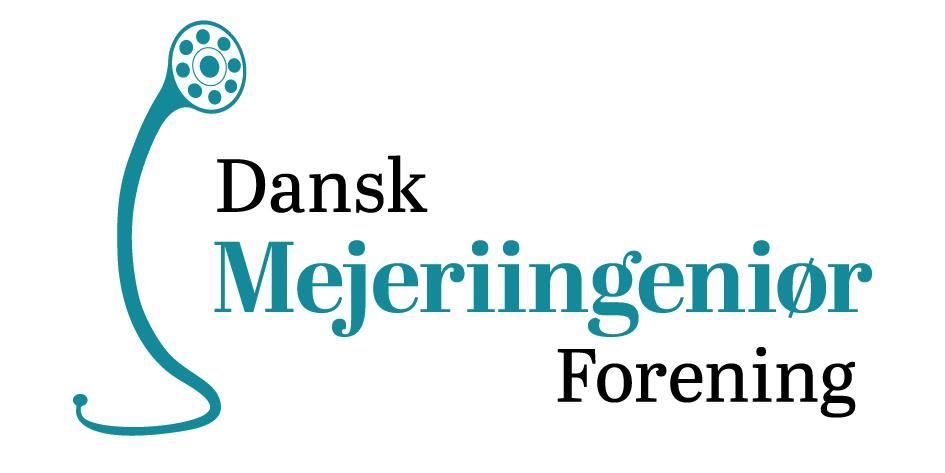
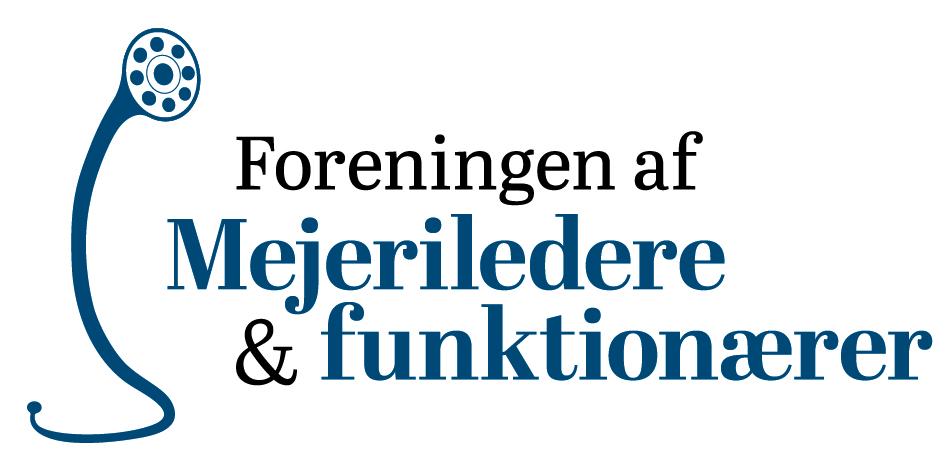



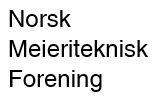
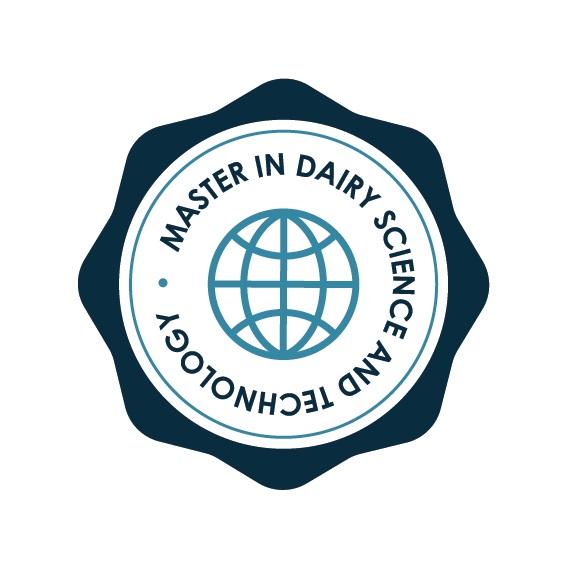


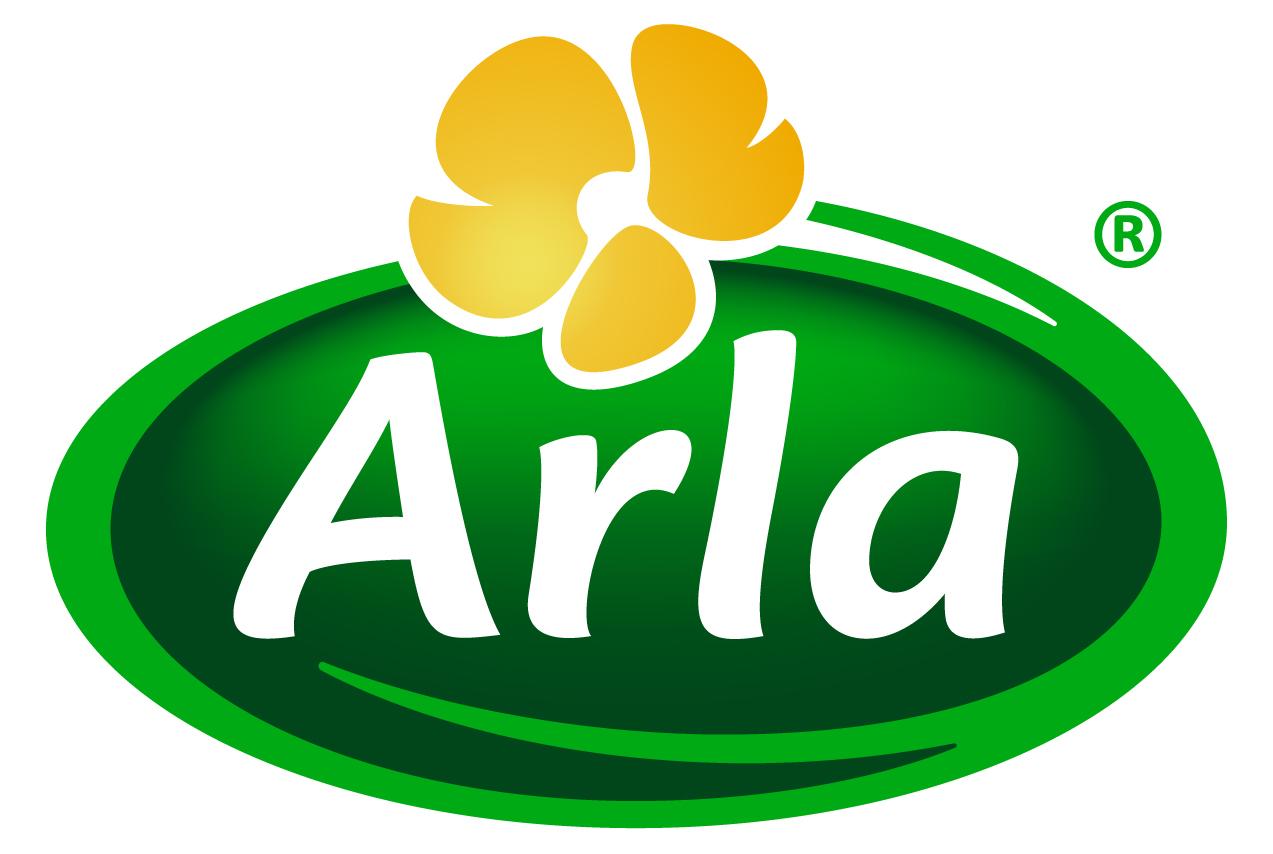

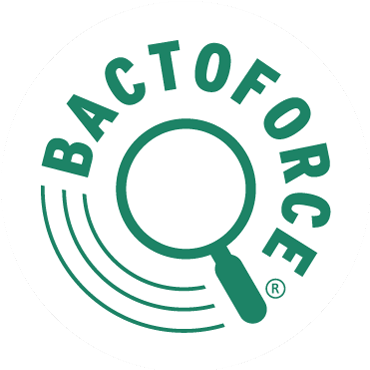

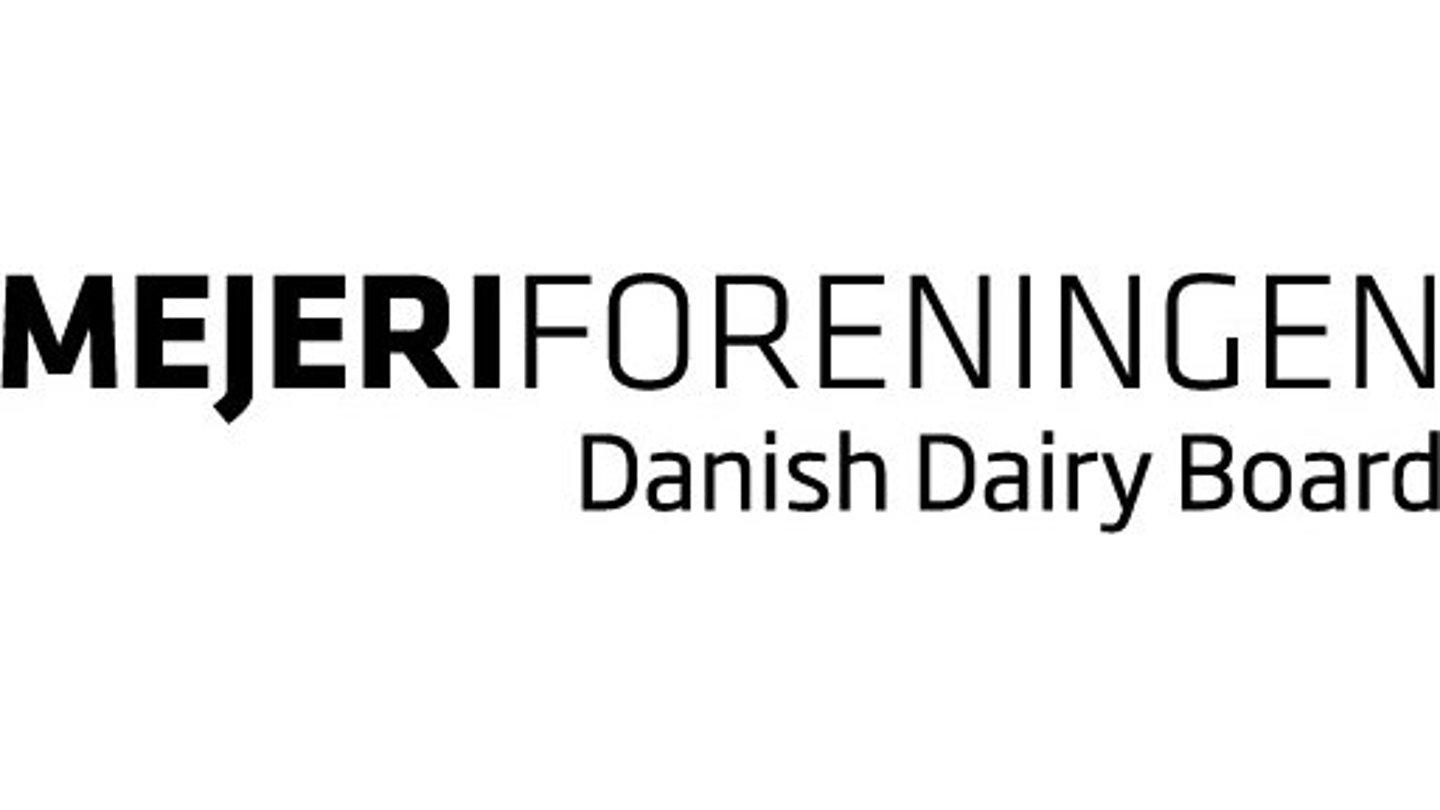
 Munkehatten 28
Munkehatten 28